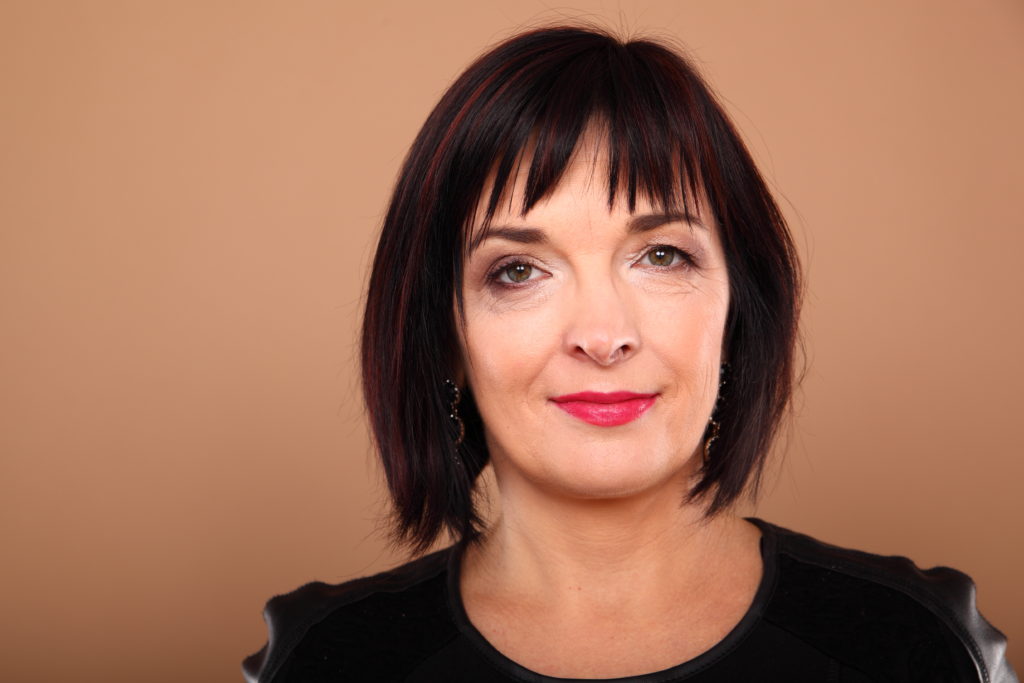CV
Andrea Antal, PhD, is an extraordinary professor at the Department of Clinical Neurophysiology, University Medical Center Göttingen and at the Institute for Medical Psychology in Magdeburg, Germany. She has almost 30 years experience in neurophysiology, with now over 20 years’ experience of neuroplasticity research and clinical studies. Starting from 2001, she has had a pivotal role in building up and coordinating the activities in the transcranial brain stimulation laboratories in Göttingen. The primary aim of her research group is to develop and establish new non-invasive brain stimulation methods and protocols to induce physiological changes in the central nervous system in order to investigate visual perception, cognition and restore maladaptive plasticity in visual and neurodegenerative disorders. Transcranial alternating current stimulation (tACS) and random noise stimulation (tRNS), developed by her group in Göttingen, are relatively new stimulation techniques influencing cortical activity; they permit, due to the oscillating stimulation, external interference with the neuronal oscillations.
AA has published published ~250 studies related to transcranial stimulation, functional magnetic resonance imaging (fMRI), electroencephalogram (EEG) and maladaptive plasticity in neurodegenerative diseases, her impact factor is about 620 (H-Index 55).
ABSTRACT
Mental stress and vascular dysregulation, and how it affects vision recovery: a holistic approach
Andrea Antal1,2 and Bernhard A. Sabel1
1Institute of Medical Psychology, Medical Faculty, Otto-von-Guericke University of Magdeburg, Magdeburg, Germany
2Department of Clinical Neurophysiology, University Medical Center Göttingen, Germany
Vision is the most important sense for humans. After damage to the retina, optic nerve, or brain visual function deteriorates often leading to severe consequences in everyday life such as reduced mobility, difficulties with recognizing objects and faces, or with reading. Since low vision is considered irreversible and often progressive, patients experience continuous mental stress due to worries, anxiety, or fear of losing more vision and independence, resulting in depression and social isolation.
Vision loss due to ocular diseases such as glaucoma, optic neuropathy, macular degeneration, or diabetic retinopathy, are generally considered an exclusive disorder of the retina and/or optic nerve. However, the brain, through multiple indirect influences, has also a major impact on functional visual impairment. Such indirect influences include intracerebral pressure, eye movements, top-down modulation (attention, cognition), and emotionally triggered stress hormone release, affecting blood vessel dysregulation. Therefore, vision loss should be viewed as the result of multiple interactions within a “brain-eye-vascular triad”, and several eye diseases may also be considered as brain diseases in disguise. This explains also why patients sometime have “pseudo-hallucinations”. While the brain is part of the problem, it can also be part of the solution. Therefore, recent treatment options (besides pharmacotherapy) to restore low vision should include psychological counselling, meditation, blood flow improvements, and brain functional connectivity network neuromodulation. Furthermore, more clinical studies are needed to confirm the causal role of stress in different ophthalmological diseases and to evaluate the efficacy of different anti-stress therapies. This is the only way to interrupt the vicious cycle between stress and vision loss.

